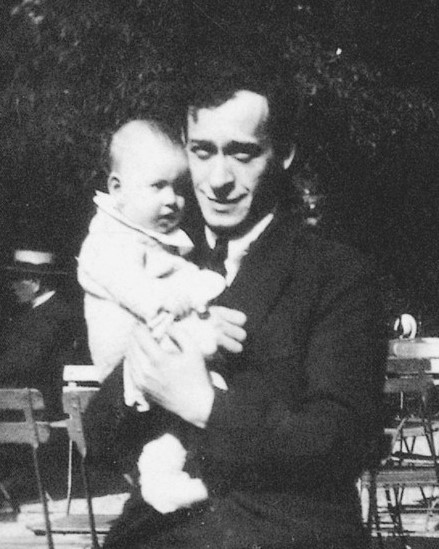Ossip ZADKINE
Январь 5, 2019Irina CODREANU
Октябрь 26, 2019Абрам Минчин
КИЕВ (УКРАИНА) 1898 - ТУЛОН (ФРАНЦИЯ) 1931
В тринадцать лет Авраам Минчин работал учеником ювелира в Киеве. Он начал рисовать, когда ему было шестнадцать лет. В 1923 году он уехал из России в Берлин, где занимался сценографией и создавал костюмы для еврейского театра. По мнению искусствоведов, работы, которые он представил на своей первой выставке в Берлине, напоминали стиль кубизма. К сожалению, картины того времени не сохранились. Mintchine прибыл в Париж в 1926 году со своей женой Соней, которая была оперной певицей. Он принял экспрессионистскую технику. Их дочь Ирина родилась два года спустя. Mintchine поселился на 89 rue de la Glaciere и сразу подружился с группой русских художников, живущих на Монпарнасе, с которой он уже познакомился в Берлине: Михаилом Ларионовым, Натали Гончаровой и Морисом Блондом. Его первые выставки состоялись в галерее Алисы Манто в 1928 году и в Зборовских в 1929 году. Он был другом художника Отона Фриза. Он остался на юге Франции, в Ла-Гард, недалеко от Тулона, где он внезапно умер от сердечного приступа в 1931 году.
Stories of Jewish Artists of the School of Paris 1905-1939
FRENCH-ENGLISH
Capitale des arts, le Paris des années 1905-1939 attire les artistes du monde entier. De cette période de foisonnement, un terme est resté, celui d'Ecole de Paris, qui recouvre une grande diversité d'expression artistique. Dans ce brassage dont Montparnasse est le creuset, un groupe se distingue : celui des artistes juifs venus de Russie, de Pologne et d'Europe centrale. Si leurs styles sont variés, un destin commun les rassemble : ils fuient l'antisémitisme de leur pays d'origine. Certains ont connu la célébrité dès les années 1920, tels Soutine, Lipchitz ou Chagall. D'autres n'ont pas eu le temps ou la chance d'y accéder. Près de la moitié a péri dans les camps de concentration nazis.
From 1905 to 1939, Paris attracted artists from all over the globe as the capital of the art world. This period of artistic proliferation became known as the School of Paris, and includes a great diversity of artistic expression. Within the teeming art world centred on Montparnasse, one group set itself apart: Jewish artists from Russia, Poland, and Central Europe. Although their styles were diverse, they shared the common fate of fleeing anti-Semitic persecutions in their home countries. Some became famous in the 1920s, such as Soutine, Lipchitz, and Chagall, while others did not have the time or the luck to gain renown. Nearly half of these artists died in Nazi concentration camps.





